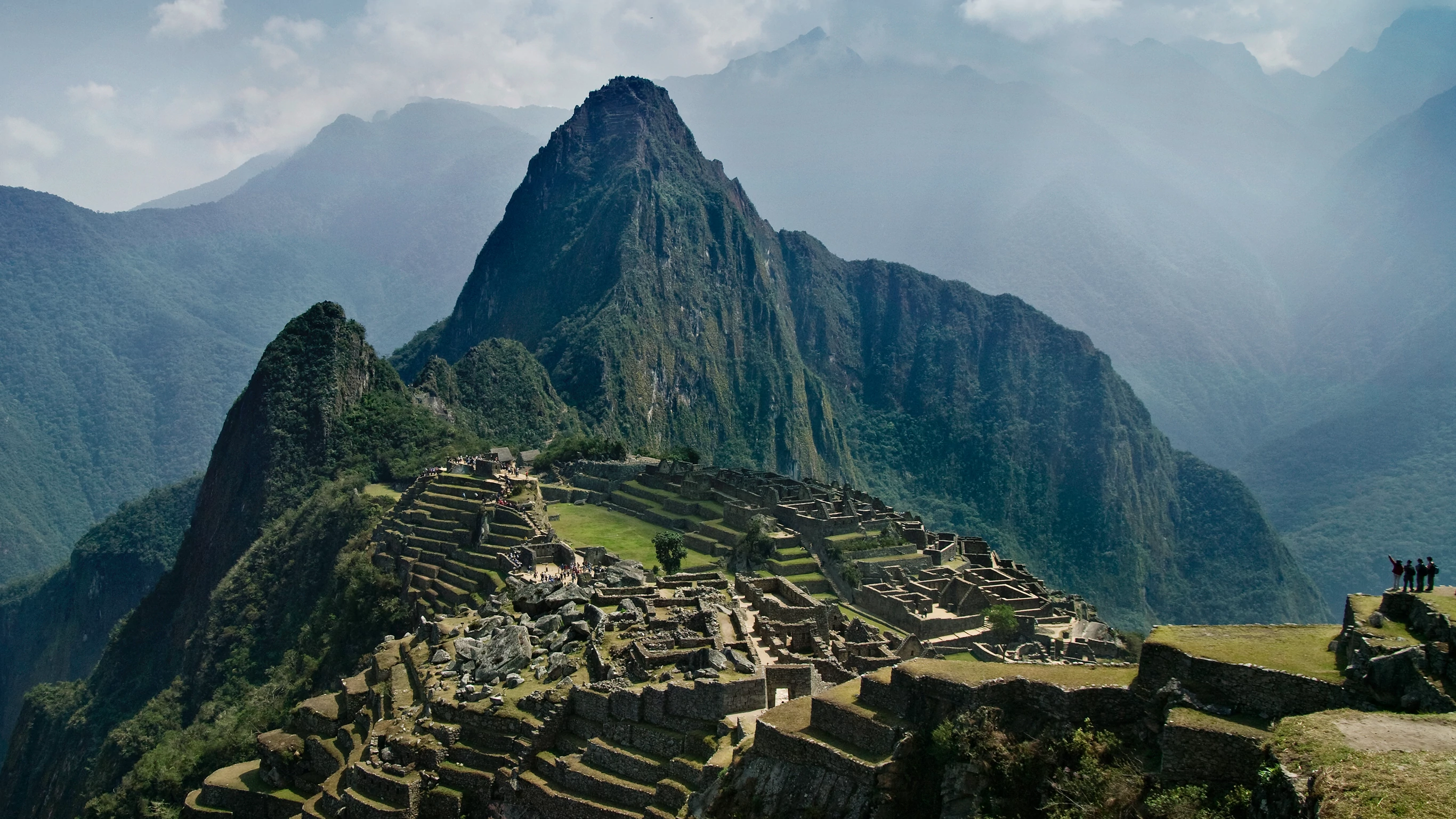Inca Empire
The original American Empire


In 134 years, the Inca civilization grew from a small city-state in Peru to the largest empire in the history of the Americas, and then was wiped from the face of the earth.
Let’s set the stage. The year is 1438 CE, and the modest Kingdom of Cusco has been quietly thriving for the last two hundred years, slowly growing from a pastoral tribe to a cosmopolitan, religious, culture-rich people. Cusco is dwarfed by their neighbor, the expansive Chimú Empire, the most recent in a 5000 year lineage of great Andean societies, but Cusco has a new king, and he’s ambitious.
The king’s name is Pachacuti, which in the Inca language of Quechua means he who overturns space and time, or more succinctly, earth shaker. Pachacuti was a brilliant and ruthless strategist, who learned history, laws and language from an early age. At age 20, he earned his crown when the nearby army of Chanka invaded his father’s palace, and while his father and brother fled, Pachacuti defended the city and drove out the attackers. Victory became the calling card of the young king, who immediately conquered the local Colla-Suyu and Chinchay-Suyu regions, marking the rise of the new Inca Empire. Inca kings held absolute dominion over their people, and Pachacuti made the most of his absolute power, reorganizing the government, founding the city of Machu Pichu, and sending extravagant gifts to nearby leaders to persuade them to join the rising empire. In a particularly brutal colonization tactic, Pachacuti relocated thousands of his own people to newly conquered or converted provinces to enculturate them and enforce his exorbitant taxation.
Pachacuti died in 1471, leaving the empire to his sons. For the next four generations, the Inca kings expanded their territory, defeating and subsuming their old roval the Kingdom of Chimor, stretching north into modern-day Ecuador and Colombia, and south into Bolivia and Chile, creating the largest centralized power in the history of the Americas.
At the height of their power, the Inca were visited by iron-clad strangers from Spain. Francisco Pizarro and his worryingly-named conquistadors traveled south from Panama, and saw in the Inca kingdom a source of unparalleled wealth. The Spanish returned six years later as invaders, finding an empire in turmoil. With the first visit, the conquistadors had left behind smallpox, influenza, typhus and measles, and with a decimated population, the Inca had fallen into civil war between the royal brothers Huáscar and Atahualpa. During a peaceful meeting, the Spanish captured Atahualpa, had Huáscar assassinated, and set up their third brother Manco Inca Yupanqui as a puppet ruler. For the next forty years, the Spanish turned the Inca’s authoritarian culture against them, forcing one member of each family to mine gold or silver for export to Spain, and systematically destroying their historical records, farming practices and religion. The last independent Inca stronghold fell to Spanish rule in 1572, 100 years after the death of the king who birthed the Inca Empire.
...
Got questions, comments or corrections about Inca Empire? Join the conversation in our Discord, and if you enjoy content like this, consider becoming a member for exclusive essays, downloadables, and discounts in the Obelisk Store.